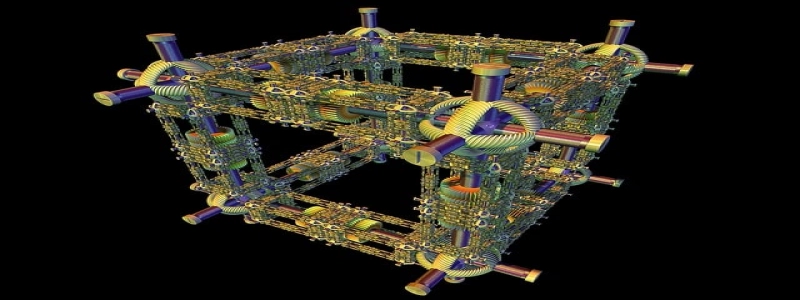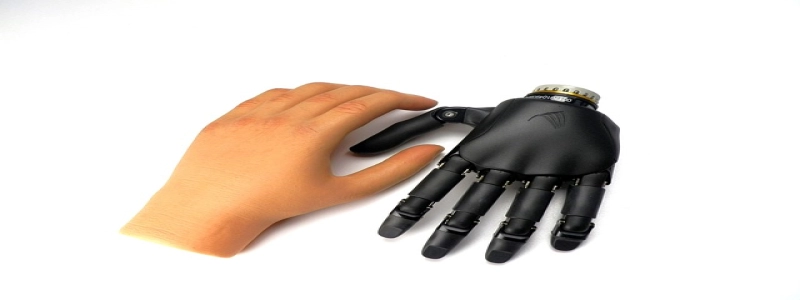Attenuation in Medical Imaging: Understanding the Meaning and Applications
Introduction:
In the field of medical imaging, attenuation plays a crucial role in understanding the various properties of different tissues and substances within the human body. Attenuation refers to the reduction in intensity or strength of a signal as it passes through a medium. This article aims to delve deeper into the concept of attenuation in medical imaging, its significance, and the different imaging modalities that employ this concept.
I. The Basics of Attenuation:
A. Definition: Attenuation is a fundamental concept in medical imaging, particularly in techniques such as X-ray imaging, computed tomography (CT), ultrasound, and nuclear medicine imaging. It is the process by which the intensity of a signal is reduced as it interacts with and passes through various tissues and structures in the body.
B. Factors affecting attenuation:
1. Tissue density: Dense tissues attenuate more radiation or ultrasound waves than less dense tissues.
2. Atomic composition: Different elements present in tissues can affect the attenuation properties.
3. Energy of the signal: Higher energy signals are less susceptible to attenuation than lower energy signals.
4. Distance traveled: The greater the distance traveled by the signal, the higher the attenuation.
II. Attenuation in Different Imaging Modalities:
A. X-ray Imaging:
1. X-ray attenuation: X-ray imaging relies on the differential attenuation of X-ray beams by different tissues to create an image.
2. Radiodensity: Tissues with high atomic numbers, such as bones, attenuate X-rays more than soft tissues, leading to varying degrees of darkness or brightness in the resulting image.
B. Computed Tomography (CT):
1. CT attenuation: CT scanners measure the attenuation of X-rays by different tissues from multiple angles to construct detailed cross-sectional images.
2. Hounsfield units: Attenuation values are converted into Hounsfield units, which represent the density of a particular tissue. Negative Hounsfield values indicate lower attenuation, while positive values indicate higher attenuation.
C. Ultrasound Imaging:
1. Ultrasound attenuation: Ultrasonic waves attenuate as they pass through tissues due to absorption and scattering.
2. Echogenicity: The brightness or darkness of ultrasound images is determined by the amount of attenuation, with denser tissues appearing brighter.
D. Nuclear Medicine Imaging:
1. Radionuclides: Radioactive substances are injected into the body, and their attenuation properties are measured using gamma cameras or PET scanners.
2. Gamma rays: Attenuation of gamma rays is used to determine the distribution of radiopharmaceuticals within the body, aiding in the diagnosis and treatment of various conditions.
Conclusion:
Attenuation is a fundamental concept in medical imaging, allowing healthcare professionals to gain valuable insights into the internal structures and properties of different tissues. By understanding the meaning and applications of attenuation, healthcare professionals can make accurate diagnoses, monitor treatment progress, and ultimately provide the best possible care for patients.








